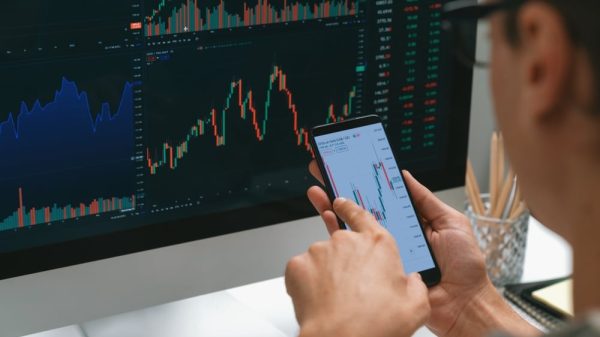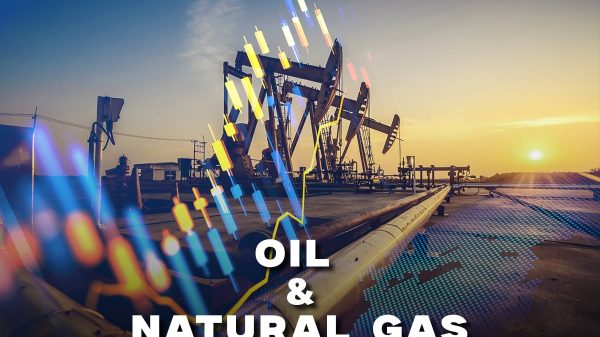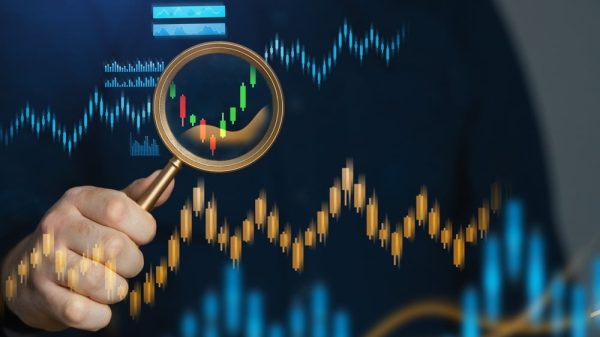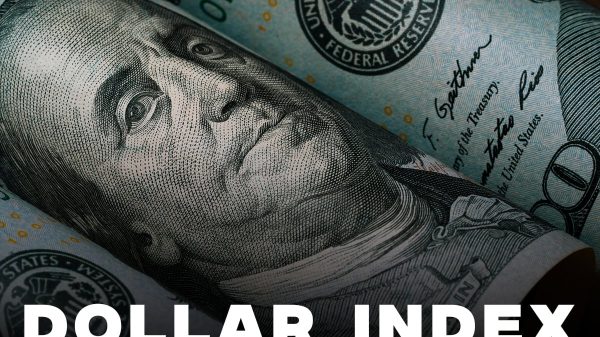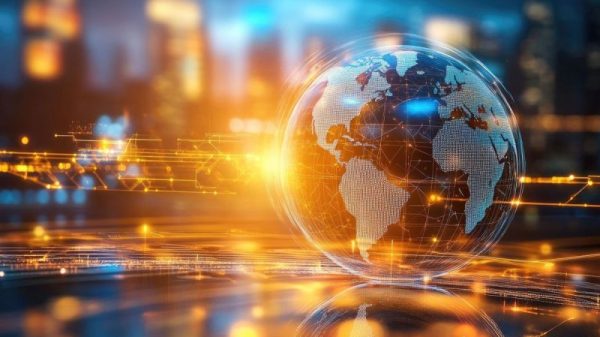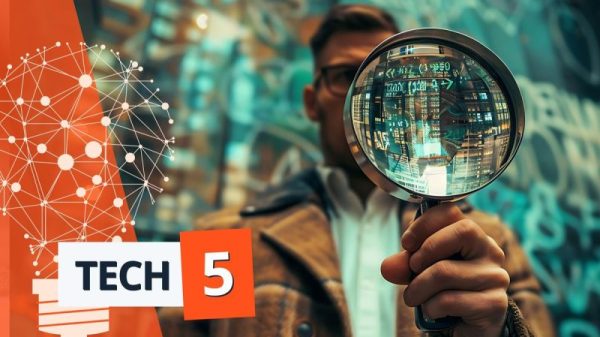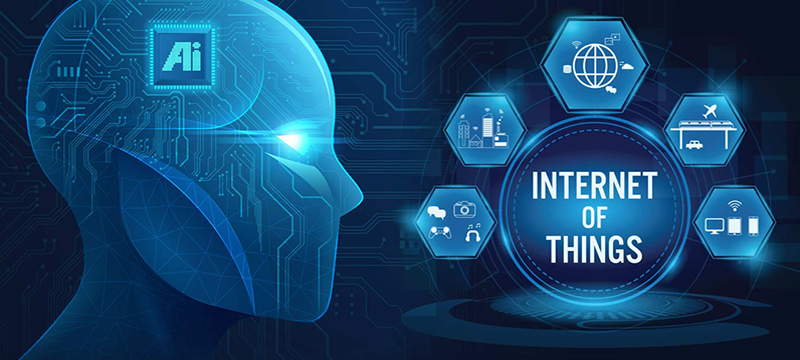The year 2023 witnesses the ongoing redefinition of the technological landscape. Artificial intelligence and the Internet of Things join forces to reshape the fundamental structure of the business world. Together, they show the vast potential of intelligent connectivity, assisting businesses in streamlining operations, improving CX, and unlocking their full capabilities.
Collaborative harmony
The Internet of Things is rapidly changing modern businesses and entire sectors of the economy. This revolutionary technology allows for the gathering of huge data flows, resulting in an abundance of information. However, managing and interpreting it is an arduous activity.
Maximizing the power of the Internet of Things requires investment in advanced software solutions. Engineers can build machines that imitate complex behaviors and operate independently of humans.
AI and IoT examples are numerous. Let’s plunge into the most striking use cases.
Predictive maintenance
The Internet of Things implies using sensors that gather actual data from connected devices. Artificial intelligence then processes this information with exceptional accuracy.
The Internet of Things and AI can work together to shift maintenance approaches from reactive to proactive. This means potential issues can be identified before they become bigger problems, which can prevent costly breakdowns and reduce unplanned downtime. By anticipating maintenance needs, organizations can optimize operational efficiency and save money. This approach not only minimizes disruptions but also leads to significant cost savings.
As data flows are getting bigger, artificial intelligence becomes increasingly proficient at detecting subtle patterns that humans may overlook. This iterative process ensures continuous improvement, enhancing the accuracy and reliability of predictive maintenance models.
Proactive maintenance offers numerous advantages, such as heightened efficiency, prolonged equipment longevity, and increased customer contentment. Through harnessing up-to-the-minute observations furnished by the Internet of Things and intelligent algorithms, enterprises can guarantee the optimal functioning of their resources.
High-tech manufacturing
The entire sector is experiencing a considerable upswing in the implementation of artificial intelligence and the Internet of Things. According to Business Insider, the IoT market will reach an annual valuation of $2.4 trillion by 2027.
The interaction of the Internet of Things and intelligent software is ushering in an entirely new epoch. Significant manufacturing procedures can reap rewards from automated surveillance, resulting in enhanced production effectiveness, diminished mistakes, and anticipatory quality management.
The abundance of information collected from the Internet of Things acts as the cornerstone for artificial intelligence to conduct thorough examinations, revealing patterns and irregularities. Manufacturers acquire valuable perspectives on their procedures and make informed choices to amplify the effectiveness and minimize idle time.
Through ongoing monitoring and analysis of data, algorithms can detect initial indications of quality deviations, empowering business owners to implement measures that uphold product excellence and reduce the occurrence of defects.
The Internet of Things and intelligent algorithms help specialists implement automated monitoring of key processes and workflows. Real-time control by intelligent algorithms allows for the continuous observation of multiple parameters, including temperature, pressure, and performance metrics. Should any deviations or anomalies arise, automated alerts are generated, facilitating prompt intervention to preempt potential problems or equipment failures.
Enhanced management of logistics networks
Artificial intelligence and the Internet of Things produce significant outcomes for the logistics sector as well. In the face of regulatory modifications, escalating labor expenditures, amplified traffic, and unpredictable fuel prices, these technologies aid businesses in executing operations with ease and effectiveness.
The implementation of an intelligent framework empowers logistics professionals with enhanced monitoring of resources, remote administration of vehicle fleets, and heightened adherence to regulations. It facilitates the recognition and surveillance of essential assets, enables efficient logistics in smart cities, reduces concerns regarding quality, optimizes stock levels, and streamlines various procedures.
By implementing resilient systems for tracking resources, workflows can be automated and elements of artificial intelligence can be integrated, providing anticipatory maintenance, instantaneous notifications, and comprehensive oversight. Through the utilization of advanced sensors, businesses can monitor asset data without human involvement, obviating the necessity for conventional identification methods like QR codes or barcodes.
Through the transmission of real-time data from sensors, authorities can leverage advanced analytics to forecast the state of assets. By reducing periods of inactivity and optimizing the functioning of machinery, organizations can attain substantial enhancements in operational efficiency.
Real-time monitoring and management of fleets are facilitated by the Internet of Things. Effective and precise systems for tracking vehicles have demonstrated a capacity to diminish expenses associated with last-mile deliveries, with potential reductions in fuel consumption of up to 25% as indicated by Frost & Sullivan.
Installed sensors can identify warehouse capacity and send notifications to employees about specific requirements in detail.
Through the incorporation of GPS functionalities within smartphones and intelligent resources, the optimization of routes emerges as a fundamental aspect of transit logistics. Drivers can readily discern the most effective pathways, thereby diminishing fuel consumption and guaranteeing punctual delivery of products.
Personalized CX
The IoT and AI work together to collect vast amounts of data from different sources like smart devices, wearables, and connected appliances. It includes customer preferences, behavior, purchase history, and location details in real time. Businesses can gain valuable insights by integrating these devices into the customer journey, helping them understand individual preferences and requirements.
True magic happens when smart algorithms enter the picture. The amassed customer data is analyzed on a large scale to uncover patterns, correlations, and trends that might be overlooked by humans. By doing this, businesses obtain a comprehensive understanding of each customer’s preferences, habits, and aspirations. They can deliver highly personalized recommendations, offers, and experiences to their customers.
Algorithms enable dynamic pricing strategies, permitting businesses to offer tailored discounts and promotions. They also prove invaluable in generating custom content, such as personalized emails, newsletters, and targeted advertising campaigns.
Intelligent energy management
Artificial intelligence and the IoT revolutionize energy management and conservation in various sectors.
Within building management, devices like smart thermostats, lighting systems, and appliances collect data on energy consumption, which is subsequently analyzed by AI. This process identifies inefficiencies and provides suggestions for improvement.
The combination of AI and the Internet of Things has the capacity to optimize energy usage on a broader scale, encompassing cities or regions. Through the aggregation of data from intelligent meters and meteorological stations, algorithms scrutinize patterns of energy consumption, pinpointing opportunities for conservation. As a result, utilities and energy providers can forecast demand with enhanced accuracy, allocate resources in a more efficient manner, and reduce the necessity for costly investments in infrastructure.
Renewable energy sources also benefit from innovations. Smart algorithms optimize the performance of wind turbines, solar panels, and other renewable sources to achieve maximum power generation. Prompt identification and resolution of performance issues are possible through real-time monitoring.
By predicting fluctuations, artificial intelligence further contributes to renewable energy generation, aiding grid operators in effectively balancing supply and demand. This reduces dependence on fossil fuels and lessens the environmental impact.
Energy storage systems offer another application for innovative solutions. Intelligent algorithms optimize the charging and discharging of batteries, thereby extending their lifespan and minimizing overall storage costs.
Advanced agriculture
This sector is undergoing significant changes with the incorporation of artificial intelligence in the Internet of Things. Through the use of devices like soil moisture sensors and weather monitors, farmers are improving their irrigation, crop management, and pest control practices.
The integration of artificial intelligence, machine learning, robotics, unmanned aerial vehicles, and the Internet of Things in agricultural practices constitutes smart farming. This approach facilitates the monitoring of operations, decreases reliance on manual labor, and elevates the caliber and quantity of agricultural yields. It effectively streamlines and optimizes the cultivation of crops and livestock.
Precisely forecasting agricultural output is vital for efficient farm administration. Intelligent systems evaluate historical and contemporary data to furnish accurate prognostications over a duration.
Furthermore, innovative systems have the capability to assess the level of sunlight crops receive, enabling farmers to optimize their arrangements to enhance light penetration. Additionally, they utilize information from infrared sensors, satellite pictures, and thermal cameras to monitor the pace of plant growth and detect insufficiencies in nutrients.
Farmers assess relevant data on soil health, water levels, temperature, and pH. They employ drones to capture images of crops, detect problems, and forecast yield.
Connected healthcare
Modern medicine and patient care are no longer possible without artificial intelligence and the Internet of Things.
By utilizing wearable sensors and interconnected medical devices, physicians can remotely monitor vital indicators, medication compliance, and overall well-being. This facilitates the early identification of potential health complications and prompt intervention. Moreover, it diminishes the necessity for frequent face-to-face consultations, particularly for individuals with chronic ailments or residing in remote locations.
The application of artificial intelligence in predictive diagnostics is revolutionizing the process of disease detection and diagnosis. Through the analysis of extensive patient data, such as medical records, imaging examinations, and genetic details, AI algorithms can discern patterns and markers that have the potential to forecast the onset or advancement of diseases.
Connected healthcare also brings forth substantial advantages in the form of customized treatment strategies. Algorithms scrutinize unique patient information, encompassing medical records, genetic data, and treatment reactions, to devise personalized treatment plans. This tailored approach enables patients to receive more accurate and focused healthcare, resulting in enhanced treatment results and heightened patient contentment.
The growth of connected healthcare presents vast potential for transforming medicine. The projected increase in healthcare-related IoT revenues to over 135 billion by 2025 signifies the widespread recognition and acceptance of the value brought by pioneering technologies.
Smart retail
This is one of the key AI and IoT examples. Sensors and algorithms have brought about the idea of smart retail. By 2025, the retail sector empowered by the Internet of Things is projected to reach a valuation of $94 billion.
Retailers can deploy sensors throughout their stores to collect data on customer movements, interactions with products, and purchase patterns. These sensors capture information on foot traffic, duration of stay, and popular product areas, helping specialists gain a profound understanding of customer behavior.
By employing live monitoring of inventory levels, retailers can optimize their supply chain operations, guaranteeing the availability of popular products while minimizing surplus inventory.
Through the incorporation of artificial intelligence within the Internet of Things, entrepreneurs collect information pertaining to individual clientele, encompassing previous purchasing records, preferences, and browsing patterns. Consequently, they can personalize product suggestions, promotions, and discounts based on the specific requirements and interests of each customer.
Experts scrutinize up-to-the-minute data concerning demand, pricing strategies of competitors, and prevailing market conditions. They flexibly adapt pricing to optimize revenue and profit margins.
Intelligent technologies enhance store conditions and streamline operational efficiencies. As an illustration, sensors for temperature and humidity can oversee store environments, guaranteeing optimal conditions for perishable items or delicate merchandise. Artificial intelligence can analyze this information, prompting notifications or automating modifications to uphold ideal storage conditions.
Self-driving cars
Autonomous vehicles equipped with cutting-edge technologies are completely reshaping the way we commute and travel. At the heart of this revolution lies artificial intelligence of things.
They are equipped with an array of sensors that gather valuable data. So, such cars navigate and respond to dynamic traffic conditions with unparalleled precision. They spot potential hazards, react swiftly to unexpected events, and reduce the risk of accidents, ensuring safer transportation for both passengers and pedestrians.
Furthermore, this remarkable advancement harbors the capacity to enhance traffic control. Conventional systems frequently grapple with challenges such as congestion, suboptimal routing, and underutilization of road infrastructure. However, autonomous vehicles can accumulate extensive quantities of data pertaining to traffic patterns, road conditions, and vehicular motions. Through the dynamic adaptation of routes, the optimization of traffic flow, and the synchronization of signals, they can mitigate congestion, diminish travel durations, and amplify the overall efficiency of traffic.
As the prevalence of self-driving cars increases, traditional car ownership models are being challenged, giving rise to innovative mobility services. Consumers can seamlessly access shared autonomous fleets through mobile applications. This shift towards shared mobility not only alleviates traffic congestion but also provides cost-effective and environmentally friendly transportation options.
Smart cities
This concept once seemed a futuristic dream. But now it is becoming a reality. By introducing artificial intelligence in the Internet of Things, cities are transforming their infrastructures into smart systems that optimize resources, transportation, and public safety.
At the vanguard of innovation, the IoT and AI are propelling smart cities towards becoming vibrant and adaptive entities that prioritize the well-being of residents and enhance their everyday experiences.
A prominent illustration lies in the utilization of intelligent meters harnessing sensors to scrutinize and trace energy utilization. This empowers city authorities to optimize energy consumption. For instance, smart meters were effectively adopted in Barcelona, leading to a noteworthy 25% surge in water conservation and significant cost reductions.
Smart poles present a myriad of capabilities, encompassing illumination, wireless connectivity, and environmental surveillance. These astute structures amass and transmit data in real time, empowering city authorities to make well-informed choices founded on precise information. With the capacity to furnish high-speed internet connectivity and accommodate diverse functions, they possess the potential to transform urban landscapes on a global scale.
The paradigm of urban transportation is being reimagined thanks to the influence of artificial intelligence. As self-driving vehicles become commonplace, intelligent infrastructure will unlock their complete capabilities, be it in the form of autonomous cars facilitating food delivery or seamlessly catering to airport pick-up requirements.
Conclusion
The harmonious fusion of artificial intelligence within the Internet of Things has established the foundation for a revolutionary business transformation. With industries embracing these technologies, we are witnessing the emergence of pioneering solutions that streamline operations, bolster efficiency, and elevate decision-making procedures. To fully harness their potential, contemporary enterprises collaborate with top Internet of Things software development companies. Experienced IT providers deliver the expertise and customized software essential for navigating the intricacies of this rapidly evolving terrain.
The post The Synergy of IoT and AI: Revolutionizing the Future of Business appeared first on IoT Business News.
















